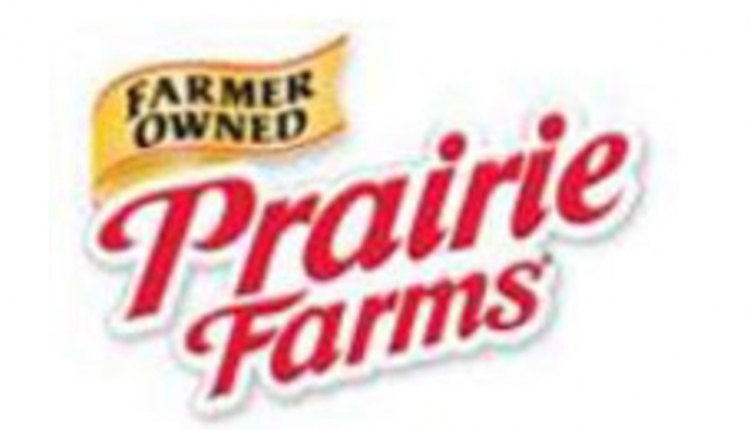
Antibiotic dosages are determined by individual cattle body weight.
Zoetis defines “responsible use of antibiotics” as administering medication under the guidance of a veterinarian, following the directions on the approved product label and using only the amount needed to treat the problem. Therefore, we are using antibiotics responsibly only when we factor in appropriate dosage based on accurate, individual body weight.

Commonly, dairies determine antibiotic dosage based on visual estimates of weight for large and small cows. Generally speaking, a large cow is a large cow; however, this practice of “eyeballing” presents a big risk in under- or overdosing of antibiotics, as doses vary greatly given differences in body weight. For example, recommended antibiotic dosage differs for a 1,500-pound cow versus an 1,800-pound cow. Although first lactation cows should have fairly uniform body weights, we have seen more than a 600-pound difference in fresh heifer body weights on a dairy with a scale. The spread can be even greater with older cows.
The impact of under- and overdosing antibiotics:
Without capturing accurate, individual body weights, cattle may be underdosed, which can decrease antibiotic efficacy or create poor response to treatment. This can result in increased treatment and labor costs due to disease relapse. Even more, dairies may be at increased risk for residues if other antibiotics are introduced and Federal Drug Administration-mandated withdrawal times aren’t followed. On the other hand, overdosing cows with antibiotics increases risk of violative residues in milk and meat and increases treatment costs, as more product than needed is being used. Keep in mind that overdosing isn’t just administering too much of a product — cows also can be overdosed based on volume of antibiotic administered per injection site.
What can you do?
- Stop guessing.
- Capture individual weights with a weight tape or digital cattle scale.
- Weigh cows at freshening, one month post-calving and at dry off to monitor for weight fluctuations that could indicate potential metabolic issues that may require treatment.
- Follow product labels.
Through responsible use of antibiotics, we all can help maintain the effectiveness of these important resources. Accurate body weight data allows for more accurate antibiotic dosing, resulting in improved treatment efficacy and prevention of residues in milk and meat. Work with your local Zoetis territory business manager to have a discussion on how to build a more strategic plan on proper dosing of antibiotics.
At Zoetis, we advocate for the health of animals and the people who care for them. For more information on capturing individual body weights to help ensure antibiotic efficacy, talk with the herd veterinarian on your team, and continue visiting DairyWellness.com for trusted resources.
About Zoetis
Zoetis is the leading animal health company, dedicated to supporting its customers and their businesses. Building on more than 60 years of experience in animal health, Zoetis discovers, develops, manufactures and markets veterinary vaccines and medicines, complemented by diagnostic products, genetic tests, biodevices and a range of services. Zoetis serves veterinarians, livestock producers and people who raise and care for farm and companion animals with sales of its products in more than 100 countries. In 2016, the company generated annual revenue of $4.9 billion with approximately 9,000 employees. For more information, visit www.zoetisUS.com.





